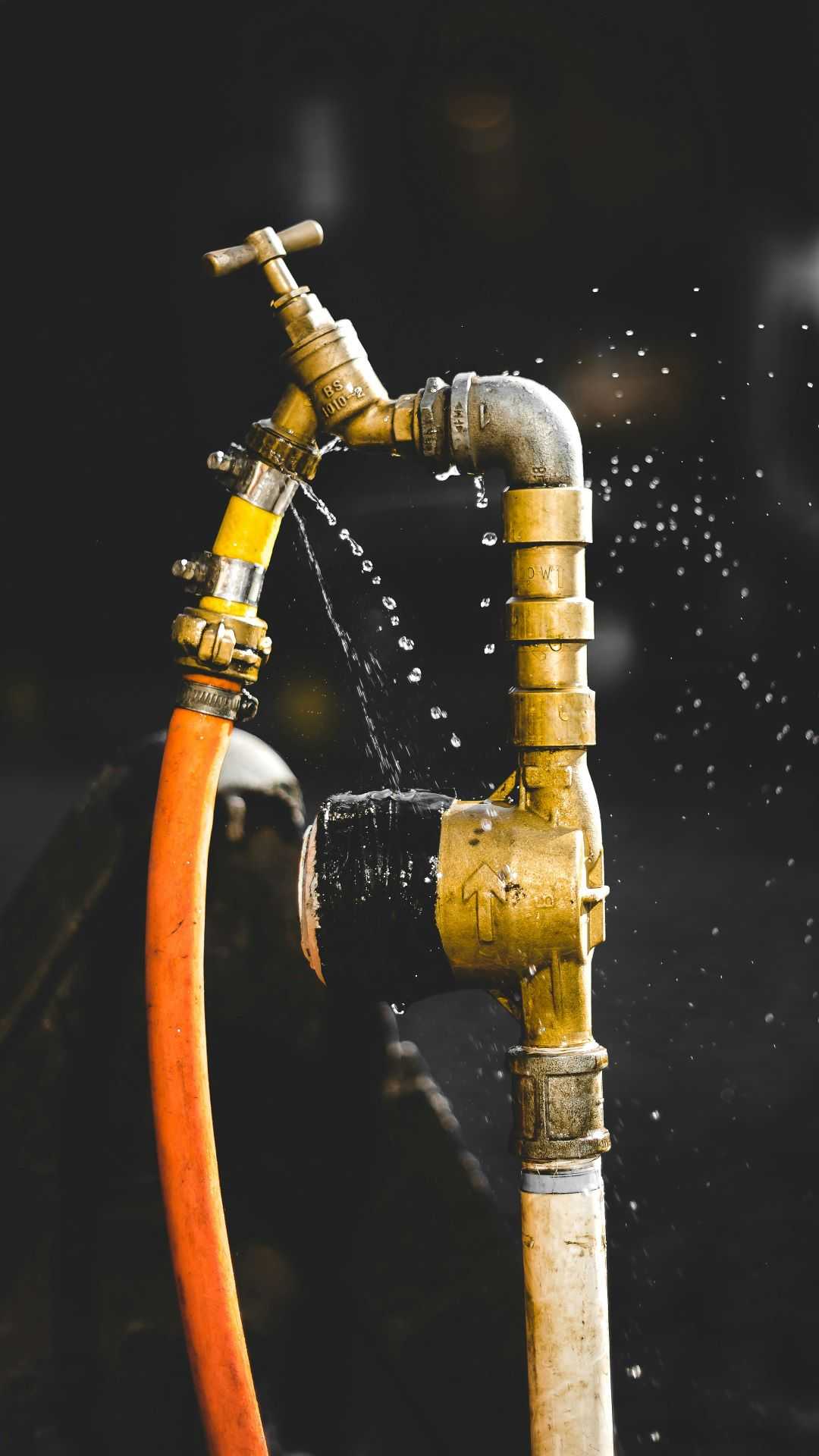A Machine Learning Approach To Identify Leaks In Water Network
PipeAI - The Success Story
Water networks are one of the most critical infrastructures for modern society in terms of their safety and functionality. For that reason, water leak detection is an important, but a difficult task due to its complexity, the lack of available data, and the plain fact that a leak is not easy to detect in the first place.
So let’s imagine for a moment a system which could predict water network leaks automatically, locating them before detecting any significant damage to the pipeline. A solution like this would save a lot of money and resources for water network companies while also bringing benefits to the end-users. This was our goal when we made our solution PipeAI.
What is PipeAI?
PipeAI is a machine learning approach to identifying leaks in the water network. It is focused on the development of a self-powered water grid management system that enables continuous remote monitoring and leakage detection of water pipelines through decisions based on both terrestrial and satellite data. The proposed method can be useful in order to improve knowledge about leaks in water networks and enable early detection of these leaks. Because it is powered by machine learning, it continues to learn and improve.

Photo by Valentin Petkov on Unsplash
Using PipeAI in a water network can result in reduced pipeline breakages and increased water savings.
How does it work?
Our solution is based on data analysis and data processing using machine learning models to influence network behavior. Two main data points we use to create an algorithm for the prediction of pipe failures and water leaks are data from the sensors on the pipeline and data from satellite-based leak detection systems. How does the satellite know what is happening in the pipelines? Well, one satellite information our algorithm looks at is the vegetation, that is, changes in vegetation on the surface of the pipeline route. To be more precise, the satellite can, for example, pick up the changes in the amount of grass or moss on the surface, and with time PipeAI learns to distinguish between normal vegetation growth and indications that a potential water loss in the system caused changes in the vegetation. When possible, we also evaluate the differences in temperature on the surface of the pipeline with the help of image processing to detect any changes along the pipeline. Sounds clever? It really is.
By using PipeAI and its real-time machine learning modeling framework, we can reach an unprecedented level in the monitoring of the pipelines which results in reduced pipeline breakages and increased water savings. The benefits for water utilities, the environment and the local communities are unrivaled. Not to mention the saved energy, reduced need for repairs and lower maintenance costs for utility companies. And this is exactly why the case of PipeAI is another success story we simply had to share with you.